From Daniel Steinhage (AWI) and Steen Savstrup (DTU Space), Antarctica.
Daniel and Steen update us on their challenges of flying over Antarctica to get to the Concordia station and starting the DOMECair campaign. The aim of this novel campaign is to collect measurements that will validate ESA’s Earth observation SMOS water mission and GOCE gravity mission.
13 January
The overcast weather at Kohnen station finally cleared today so we were able to leave the Novo airbase, or Novo Runway as it’s commonly called, and head towards the South Pole. We had flown to Novo and met the AWI plane that we will use to take measurements for the campaign. The map below shows the distances involved!
The flight involved crossing the Wohlthat Mountains, a mountain range that stick out through the ice sheet in central Queen Maud Land. The photo below shows the Nunataks, which are small areas of rock emerging above ice sheets and glaciers, and the ice-free mountain summits. In 10 days, we pass over this region again.
After a short stop for fuel at Kohnen station we continued our transit flight and arrived at the Amundsen-Scott at the South Pole at lunchtime the following day. The station operates on New Zealand time, which is UTC+13.
Kohnen is a small summer station and at the time of our fuel stop it was occupied by 17 scientists and technicians from AWI. Amundsen-Scott at the South Pole, however, is a huge station, today housing 167 people. The station consists of a huge main building, garages under the surface and a large summer camp as well as several remote buildings dedicated to various fields of research such as atmospheric chemistry, astronomy and seismology.
Kohnen and Amundsen-Scott are both located on the East Antarctic plateau at heights of almost 3000 m above sea level. The temperature at Kohnen is slightly warmer, approximately –20°C, while at the Pole the temperature is –25°C.
At Concordia we expected even lower temperatures, so it is a major challenge to keep aircraft and scientific equipment warm enough to function properly.
14 January
We arrived at Amundsen-Scott just a few minutes before a C-130 cargo aircraft of the US National Science Foundation, so we could not refuel right away. This gave us enough time to grab some lunch and to settle into two temporary buildings used during the summer season. It had been a long trip and we had to struggle to stay awake until dinner. Straight after we’d eaten we went to bed – this was 19:00 local time, but being in UTC it was at 06:00.
15 January
Today we received two contradicting weather scenarios for Concordia. Since Concordia operates at UTC+8 we had to wait until lunchtime at to get a weather report directly from them. However, we couldn’t rule out the possibility of incoming low cloud at Concordia, so we decided to play it safe and postpone the flight to tomorrow.
Since we had to wait, we ran some tests on our equipment. We wanted to see how the systems were dealing with the cold – the outside temperature dropped to –29°C and inside the cabin we were down to –10°C.
We also did reference measurements with the portable gravity meter at the gravity reference point at the station. The point is in one of the tunnels, which connect the main station building with garages, power plant, and the sewage system. The absence of any wind and the solid foundation allows precise readings, only the bitter cold – about –45°C made the work difficult.
16 January
We woke early at 05:00 o’clock to learn that the weather conditions were excellent. Forecasts from Amundsen-Scott and Concordia were similar so we packed and prepared the aircraft and instruments for an early start. By 09:00 we were airborne and on our last transit leg to Concordia.
Concordia is a station jointly operated by Italy and France. In winter, the station is occupied by about 15 scientists and technicians, but in the summer up to 65 people show up.
Before the station was established, the first of two deep ice cores of the European Project for Ice Coring in Antarctica (EPICA) were drilled at this site. This core holds ice oldest ice, dating back more than 840 000 years. The second EPICA ice core was drilled in Dronning Maud Land at the Kohnen station where we refuelled on our way from Novo Runway to Concordia.
Because yearly accumulation on the polar plateau is extreme low, just a few centimetres of snow, the summer camp at Concordia is set up year round.
17 January
After spending a night in a new time zone we woke up very early and were the first at breakfast. Nevertheless, it took a while to sort everything out so we could start to our first campaign flight.
We choose one of the two calibration flights to begin with, flying two sets of 10 circles. The second flight today is targeting two profiles of the planned 350 by 350 grid around Dome C. By mapping lines, which are not adjacent to each other we are aiming to cover the grid with a wide spacing first, then fill in the profiles.
Between the two flights we carried out the first calibration of EMIRAD-2 with liquid nitrogen, the nitrogen had been especially flown in for us from the Italian base Mario Zucchelli. Since it’s a dangerous substance, Concordia didn’t have enough for a complete calibration.
18 January
Today we finished two-thirds of our scheduled programme. Among the flights we carried out are the star patterns centred on the American tower where RADOMEX from the DOMEX-3 campaign is mounted and currently obtaining data, along with two more lines of the 350 by 350 large grid.
19 January
We are slowly getting used to the low temperatures and high altitude of Concordia. However, the cabin is preheated every morning with a hot air blower. The only difficulty with the simple blower is that its temperature range is only hot or very hot.
This is sometimes a problem for the EMIRAD system, since it should be at a stable internal temperature while it is calibrated before take-off and maintain that internal temperature during the flight. However, by opening the curtains in the back of the airplane letting in cold air, and having the pilots operating the cabin heat appropriately, a reasonably stable ambient temperature for EMIRAD has been achieved.
20 January
Daily flight planning is based on the forecasts for the Dome C area that are received by email in the morning before breakfast. Later observations from Concordia station are also available from the radio office.
Owing to in-coming cloud around lunchtime, consistent with forecasts from both the US service in Charleston and the Italian meteorologist at Mario Zucchelli, and satellite pictures, we had to cancel today’s flight.
In the evening, we gave a presentation to the station personnel on our project. The lecture room was fully booked and many questions from the station personnel led to an interesting discussion.








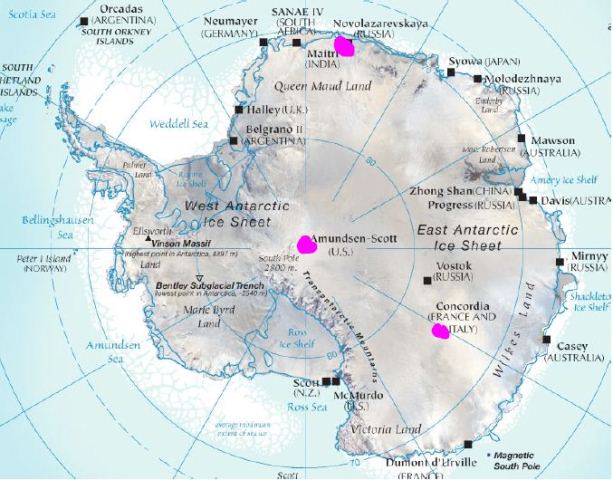
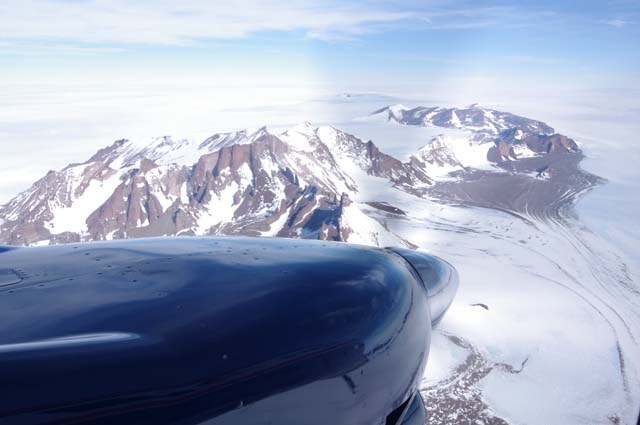

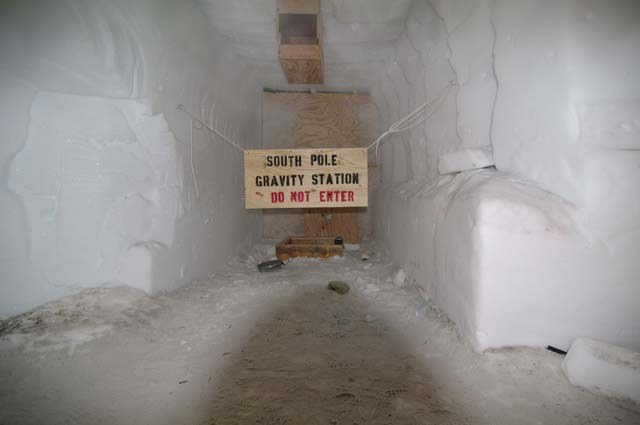
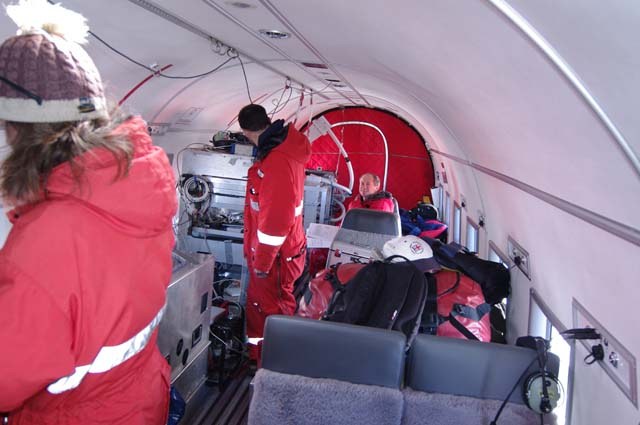
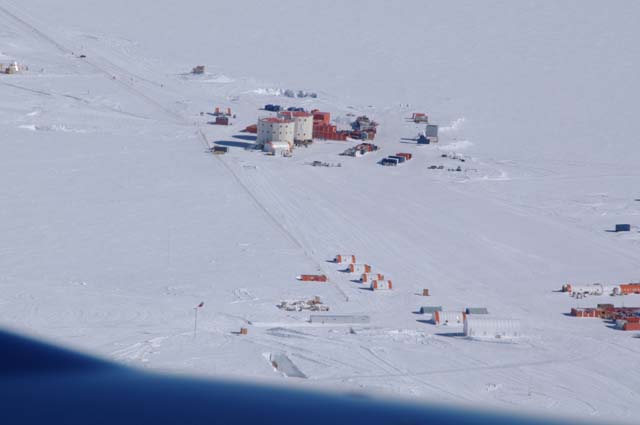
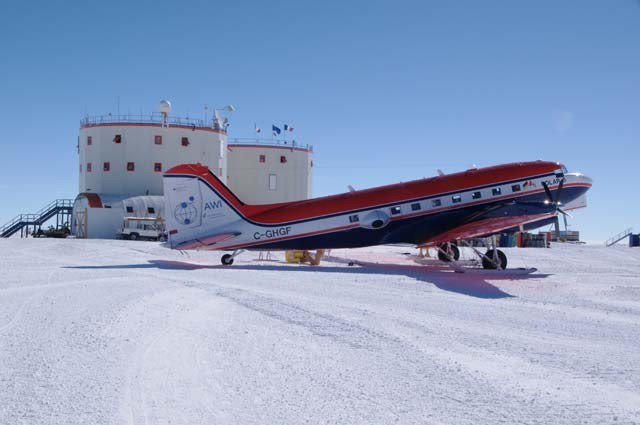



Discussion: no comments